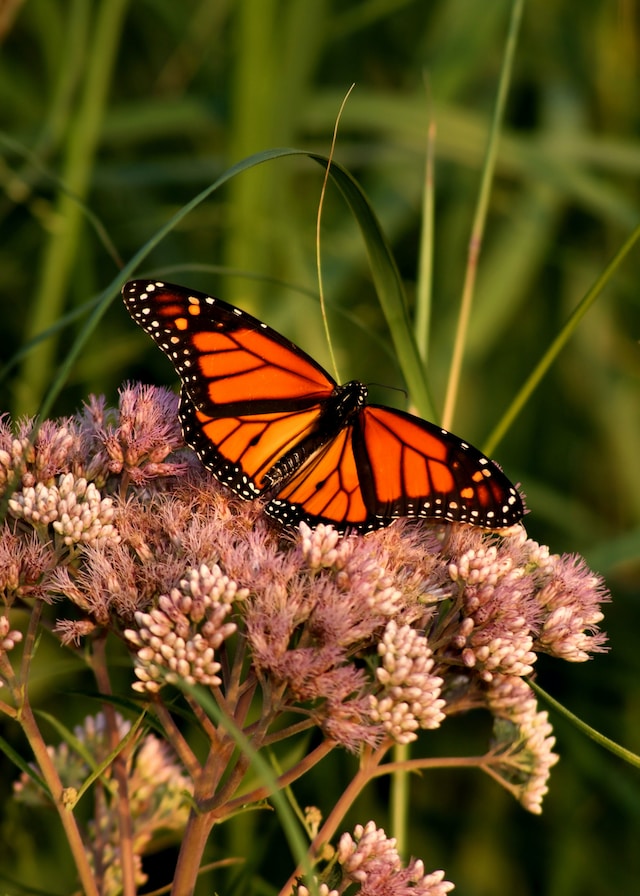Summary | Excerpt | Reviews | Beyond the book | Read-Alikes | Genres & Themes | Author Bio

How Road Ecology Is Shaping the Future of Our Planet
by Ben GoldfarbAn eye-opening account of the global ecological transformations wrought by roads, from the award-winning author of Eager.
Some 40 million miles of roadways encircle the earth, yet we tend to regard them only as infrastructure for human convenience. While roads are so ubiquitous they're practically invisible to us, wild animals experience them as entirely alien forces of death and disruption. In Crossings, environmental journalist Ben Goldfarb travels throughout the United States and around the world to investigate how roads have transformed our planet. A million animals are killed by cars each day in the U.S. alone, but as the new science of road ecology shows, the harms of highways extend far beyond roadkill. Creatures from antelope to salmon are losing their ability to migrate in search of food and mates; invasive plants hitch rides in tire treads; road salt contaminates lakes and rivers; and the very noise of traffic chases songbirds from vast swaths of habitat.
Yet road ecologists are also seeking to blunt the destruction through innovative solutions. Goldfarb meets with conservationists building bridges for California's mountain lions and tunnels for English toads, engineers deconstructing the labyrinth of logging roads that web national forests, animal rehabbers caring for Tasmania's car-orphaned wallabies, and community organizers working to undo the havoc highways have wreaked upon American cities.
Today, as our planet's road network continues to grow exponentially, the science of road ecology has become increasingly vital. Written with passion and curiosity, Crossings is a sweeping, spirited, and timely investigation into how humans have altered the natural world―and how we can create a better future for all living beings.
Figures on deaths and disruptions are disheartening, but the author shows how scientists are actively working on meaningful improvements to help animals and roads better coexist, such as wildlife crossings, from passages in Canada's Banff National Park to the famous Liberty Canyon Overpass in Los Angeles. With its veritable mascot, P-22, a celebrity mountain lion who died of injuries sustained from being hit by a car, this project shows it is possible for humans to enact major infrastructure changes for wildlife's benefit. It also encapsulates one of the book's strengths—introducing us to the people working in obscurity to make the paved world less deadly for other species...continued
Full Review
 (758 words)
(758 words)
(Reviewed by Rose Rankin).
 As Ben Goldfarb notes in Crossings: How Road Ecology Is Shaping the Future of Our Planet, we're in the midst of an insect apocalypse. It's largely agreed now that our planet is experiencing a sixth mass extinction event, and insect species are among the most imperiled.
As Ben Goldfarb notes in Crossings: How Road Ecology Is Shaping the Future of Our Planet, we're in the midst of an insect apocalypse. It's largely agreed now that our planet is experiencing a sixth mass extinction event, and insect species are among the most imperiled.
Habitat loss is a critical component, driven by road construction and its attendant development, as Goldfarb explores in his book. But for some species, he observes, roads have become an important albeit perilous refuge—monarch butterflies, for example, migrate and survive along Midwestern roadsides, one of the few places where the native prairie plants they rely on for food and nesting still survive.
Prairie used to cover millions of acres from Texas to the ...

If you liked Crossings, try these:

by Ferris Jabr
Published 2025
A vivid account of a major shift in how we understand Earth, from an exceptionally talented new voice. Earth is not simply an inanimate planet on which life evolved, but rather a planet that came to life.

by Rebecca Renner
Published 2024
David Grann meets Susan Orlean in this page-turning true story of an underground operation into the mysterious world of alligator poaching and its larger than life Floridian characters